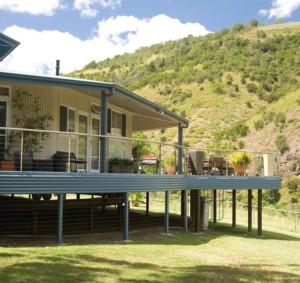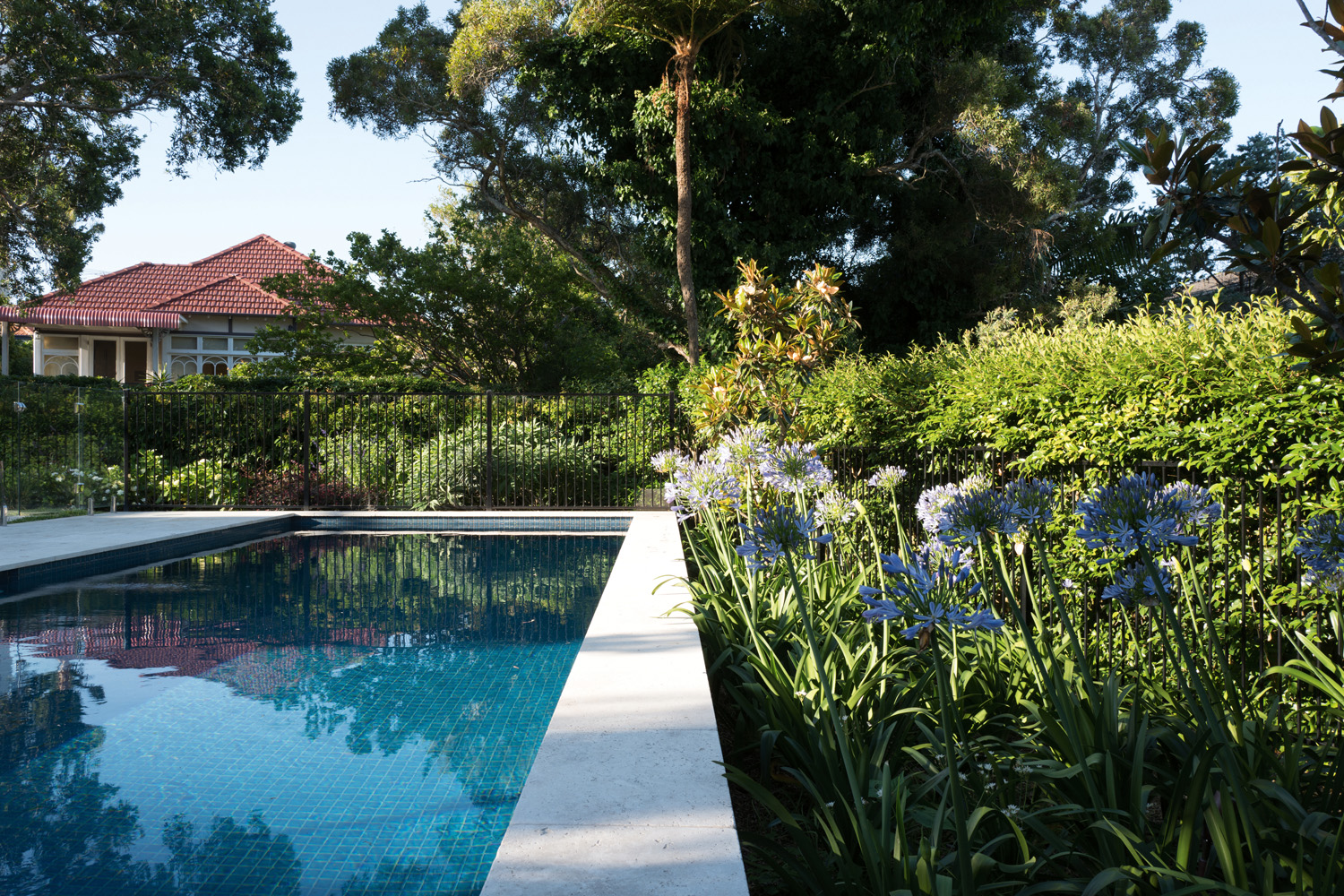By thinking outside the box a NSW owner-builder has designed a remarkable house that achieves maximum climate control at the push of a button.
The question may have been an idle one, but the response had far-reaching ramifications for mid-north NSW residents Luke and Deb Everingham and their children Gabi, 17, and Ben, 19.
While visiting friends to inspect their recently completed house, Luke casually asked if there was anything the proud new home owners might have done differently. Well, perhaps, they replied, orient the house slightly differently to take better advantage of prevailing breezes and the winter sun. Wouldn’t it be great, Deb remarked, if you could build a house you could move? In most families that would probably have been the end of the matter. But not so with Luke Everingham, an audio installations specialist who also happens to be a qualified electrician, a sound engineer and “a musician, farmer, father and husband, not necessarily in that order, but always with an inquiring mind”. Which is why he came home that day and did a few preliminary sketches for a rotating house.
As the grandson of a railways engineer, Luke was familiar with the concept of turntables for rotating locomotives and developed his plans along similar lines. “The house is basically an octagon which rotates within a round platform,” he explains. “The mechanics are basically the same, except a loco weighs about 100 tonnes and this house about 50 tonnes. Initially, I was surprised at the space and functionality of the radial design. Once you get away from the concept of a house as a rectangular prism, the possibilities are endless. “When you’re not confined by a tight-arsed developer whose sole aim is to divide the block into small parcels to maximise his profits, a whole new world emerges.”
The Everinghams originally bought their farm in the Manning Valley hinterland in 1986 because they were keen horse riders. In 1988, they moved from Sydney to live there permanently, though Luke has continued to commute for business. The family lived in the old timber house on their land initially but, as it gradually succumbed to white ants, the imperative to build a new one increased. Whenever Luke had a spare moment on weekends or it rained too much to prevent outdoor work, he refined his plans. By the end of 2003 he had obtained his owner builder’s licence. Luke and Deb hired a draftsman to formalise the plans and an engineer to deal with the structural side of things, but otherwise they were hands-on builders, calling in expertise as needed.
The house was completed by early 2006 and Luke estimates construction took about 10 months. He says the steel frame is over the top in terms of size and structural integrity and all the wheels, motors and bearings are 300 per cent more than what was specified in terms of weightbearing capacity. Within the steel frame there’s floor-to-ceiling glazing to frame the views and external Colorbond walls chosen for their durability and low maintenance. The ceilings and internal and external walls are lined with CSR Bradford “superinsulation” to optimise thermal performance, and clerestory windows in the upstairs level both ventilate the house in summer and direct sunlight inside during winter.
Two 500-watt electric motors not much bigger than a washing machine motor rotate the house on a 360-degree circuit around a central core of plumbing and electricals. At top speed it completes a full rotation in slightly less than half an hour; at the slower speed of 40 metres per hour, it takes two hours to complete a rotation. Movement is controlled by a touch pad in the living area. As well as choosing their favourite view at different times of day, the Everinghams can move the house to capture or avoid breezes, to chase sun in winter or avoid it in summer. Each rotation uses 1kwH which costs about 14 cents. “That’s about one third of the cost of running a split system air conditioning unit,” Luke says. “But the reality is that we probably do about two full rotations each day, whereas most people running air conditioners use them for many more hours every day.” The Everinghams say that beyond optimum passive solar performance the benefits of living in a rotating house keep revealing themselves with each year of living in it. “If you’ve got a lot of groceries to unload you simply turn the pantry to the point on the driveway to minimise carrying distance,” Deb says. “If we’re having a party we can extend the living area by turning it to face a section of the garden that’s shaded by trees.”
The house is programmed to make a random movement every hour in a concerted bid to outsmart what Luke describes as the most savage white ants in the world. “They ate the old house, they’ve destroyed fences and the cattle yards,” he says. “So basically we don’t spend any money now on timber, which is basically chocolate cake for white ants. So the house moves every hour so the white ants can’t ever establish a track unless they do it in less than 60 minutes. In terms of durability, if the old timber house lasted 90 years, this one should be good for 500.”
The Everinghams have also installed a yet-to-be-connected geo-thermal heating and cooling system, which relies on pipes buried in the earth at a depth of two metres where the temperature is a constant 22°C. He has been assured by an air-conditioning expert that the system will function in all but the extremes of summer and winter. “Had finances permitted, we could have refined it to keep the house at a constant 22°C year round,” Luke says. “But meanwhile we are looking forward to the next best thing.” He has also installed smaller underground pipes to warm the household’s hot water to the same temperature, which will mean their hot water system will only have to heat from 22°C to 45-50°C or whatever the desired temperature is rather than starting with much colder water. Water is heated by a Rinnai intelligent gas system which can be set at the users’ preferred temperatures to further minimise excessive hot-water bills.
Of course, one final question begs to be asked. Now that they too have lived in their dream home, is there anything that Luke and Deb would do differently? “Only a couple of foolscap pages’ worth,” Luke admits. “Most of them are minor things like having full-length sliding doors rather than two layers for ease of operation or arranging the wheels differently to achieve superior load sharing. Basically, nothing that someone less perfectionist would trouble over.” There are changes he would make if budget allowed. A rotating house is a perfect vehicle for solar hot water and electricity generation but the Everinghams simply couldn’t afford the $30,000 investment when there was mains power already connected. Double glazing would be another performance enhancer, as would automated temperature-sensitive retractable blinds or shutters to shield the house when they were out. “The house functions brilliantly and any changes I’d make amount to icing on the cake,” Luke says proudly.
For more information visit www.everinghamrotatinghouse.com.au




